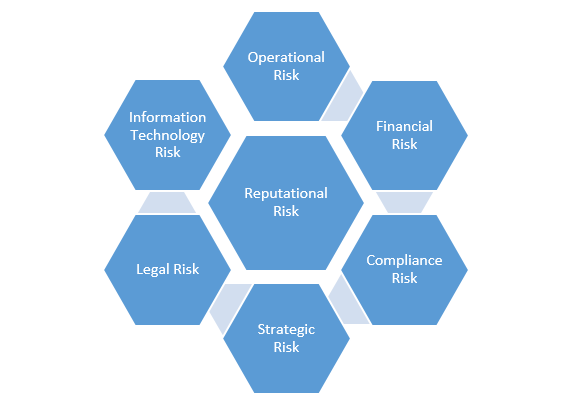Grooming an Internal Candidate to Become the Next CEO

In many associations, especially when there is an unexpected CEO departure, member leaders feel pressure to quickly find and hire a replacement. In some instances, it might make sense to bring in an outside leader with fresh perspectives and expertise. But there is also a risk that an outsider, previously unknown to the association, may not be a good fit, culturally and in other ways.
Sometimes there are “diamonds in the rough” inside your organization—people with great leadership potential but perhaps in need of a little polishing. That was the case for the Water Quality Association (WQA), which faced an executive director transition three years ago. When the unexpected vacancy occurred, I was brought in to serve as interim staff leader until an external search process could be carried out. Within a month of entering this role, I identified Pauli Undesser, CAE, as a possible candidate.
She had nine years of experience with WQA and was well respected for various technical, regulatory, and governance roles she played on staff. However, she had limited leadership experience in some core areas such as finance, marketing, and membership. In spite of these gaps, I could readily see her transitioning to the executive director role after a few years of active mentoring.
The WQA Board of Governors considered this recommendation and unanimously agreed to move forward with the mentoring plan. Much to their satisfaction and the association’s benefit, the process concluded two years later with Pauli becoming executive director.
The following are three key features of the mentoring experience that could have implications for another association thinking about grooming an internal candidate for a leadership role:
Construct a comprehensive plan with defined milestones. The WQA plan was segmented into three-month blocks with a mixture of education, new leadership experiences, and multifaceted mentoring. As WQA Immediate Past President Don McGhee explains, “The overall mentoring program was so comprehensive that it is difficult to identify which elements were most helpful. One key was giving Pauli an opportunity over a two-year period to rotate her direct reports—at least six months to serve as the primary supervisor to every direct report into the executive director position.”
Provide as many mentors as possible. It’s great to have an experienced interim executive director in place. However, it’s even better to provide a CEO mentee with a variety of leaders to learn from. “We put in place a significant support tool for Pauli in the creation of two groups that were coined ‘kitchen cabinets,’” says Don McGhee. “One cabinet included a broad range of industry leaders who could advise Pauli and act as a sounding board for challenges, concerns, as well as successes.”
Sometimes there are “diamonds in the rough” inside your organization—people with great leadership potential but perhaps in need of a little polishing.
Meanwhile, the second group consisted mostly of female association executives from a broad range of associations identified as male-dominated. This gave Pauli support from several seasoned executives who were experiencing or had experienced the same leadership and management challenges but also brought unique perspectives.
Be patient as a mentee. In Pauli’s words, “Within six to 12 months of initiating the mentoring experience, I personally could feel increased confidence from validation and acquisition of knowledge.” She notes that the most valuable time came in the second year of mentoring when WQA focused on incrementally transitioning staff and responsibilities to her. She gradually took over control of operations while her mentors were still available to answer questions and fill knowledge gaps. “It was the best part of the plan for success,” she says.
Could this approach work for another association experiencing a leadership transition? McGhee thinks so.
“The entire process went smoother than anticipated, with results exceeding most of the board of governors’ expectations,” he says. “Having a highly skilled interim executive director allowed the association to address a broad range of staffing, structure, and operations issues. Many difficult decisions that needed to be made at WQA would have hindered a permanent executive director’s ability to build a strong, positive culture in the association.”
Based on the experience, McGhee recommends assessing potential in-house candidates at deeper levels. “It becomes a real possible source of candidates and should always be on the table when leadership CEO transitions take place,” he says.











